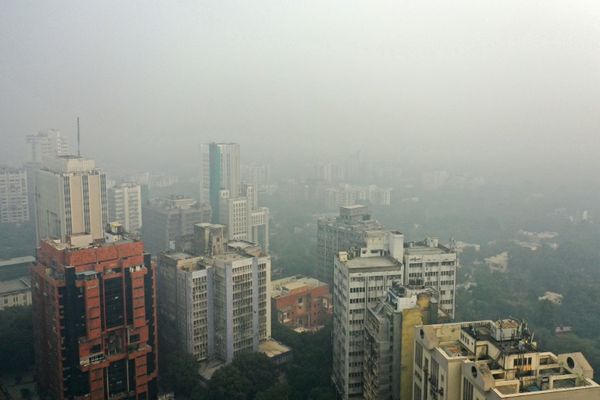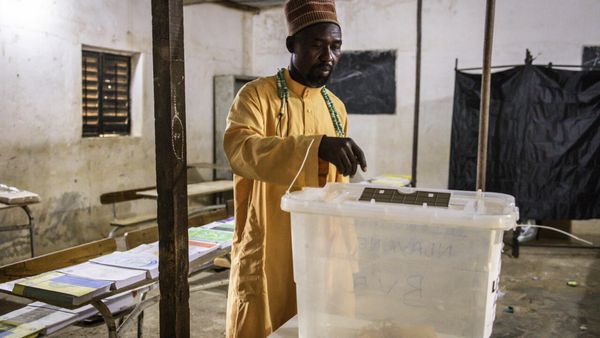
The United Nations health agency says nearly everybody in the world now breathes air that doesn’t meet its standards for air quality.
So the World Health Organization is calling for more to be done to cut the use of fossil fuels, which generate air pollutants that cause respiratory and blood-flow problems and lead to millions of preventable deaths each year.
About six months after tightening its guidelines on air quality, WHO has now issued an update to its database on air quality, drawing on information from more than 6,000 municipalities worldwide.
Its key finding is that 99% of the world’s population breathes air that exceeds its air-quality limits and often is rife with particles that can penetrate deeply into the lungs, entering the veins and arteries and causing disease.
It found that air quality is worst in the eastern Mediterranean and Southeast Asia regions, followed by Africa.
“After surviving a pandemic, it is unacceptable to still have seven million preventable deaths and countless preventable lost years of good health due to air pollution,” said Dr. Maria Neira, head of WHO’s department of environment, climate change and health. “Yet too many investments are still being sunk into a polluted environment rather than in clean, healthy air.”
The air-quality database — which most recently had been updated in 2018 — previously considered two types of particulate matter — PM2.5 and PM10. Now, for the first time, it also includes measurements taken at ground level of nitrogen dioxide.
Nitrogen dioxide originates mainly from burning fuel, largely by driving cars.
Exposure to the gas can cause asthma, coughing, wheezing and other breathing difficulties.
The highest concentrations were found in the eastern Mediterranean region.
Particulate matter has a lot of sources, including transportation, power plants, agriculture, waste-burning and industry.
The developing world has been particularly hard hit, according to WHO. India had high levels of PM10, and China showed high levels of PM2.5, its database shows.
“Particulate matter, especially PM2.5, is capable of penetrating deep into the lungs and entering the bloodstream, causing cardiovascular, cerebrovascular” — stroke — “and respiratory impacts,” according to WHO. “There is emerging evidence that particulate matter impacts other organs and causes other diseases as well.”
Anumita Roychowdhury, an air pollution expert with the Center for Science and Environment, a research and advocacy organization in New Delhi, said the world needs to brace for major changes to try to curb air pollution, including using electric vehicles, shifting away from fossil fuels, embracing a massive scaling-up of green energy and separating types of waste.
Illinois years away from fossil-fuel phaseout
In Illinois, the state is moving toward a phaseout of fossil fuels, such as coal and natural gas, for energy but that total elimination is years away.
“Moving Illinois towards zero-carbon electricity generation and eliminating coal and gas to generate power will have huge health benefits,” said Brian Urbaszewski, director of environmental health programs at Respiratory Health Association in Chicago.
But the state could go further.
Gov. J.B. Pritzker could sign a memorandum signed by other governors to ensure that 30% of new trucks are electric with zero emissions by 2030, he said. Those 17 states, Urbaszewski said, also call for all trucks to be electric by 2050.
Diesel-fuel transit and school buses should also be replaced with electric vehicles, he said.
The sooner that happens “will likewise mean healthier people, less illness and fewer early deaths,” he added.
For now, the air pollution in Chicago remains high, he adds. While 2020 pollution levels dipped during the pandemic, Urbaszewski said he expects the levels are already rising back to 2019 levels. Much pollution data for last year are not yet available but if coal plant production is an indicator, it’s likely there was an uptick in toxic emissions.
Contributing: Brett Chase







